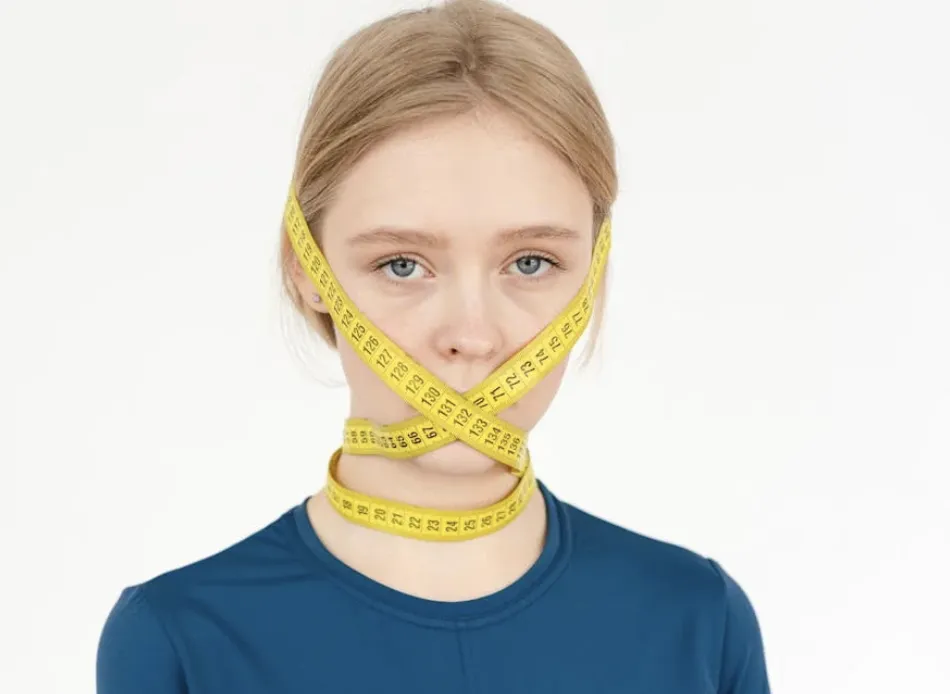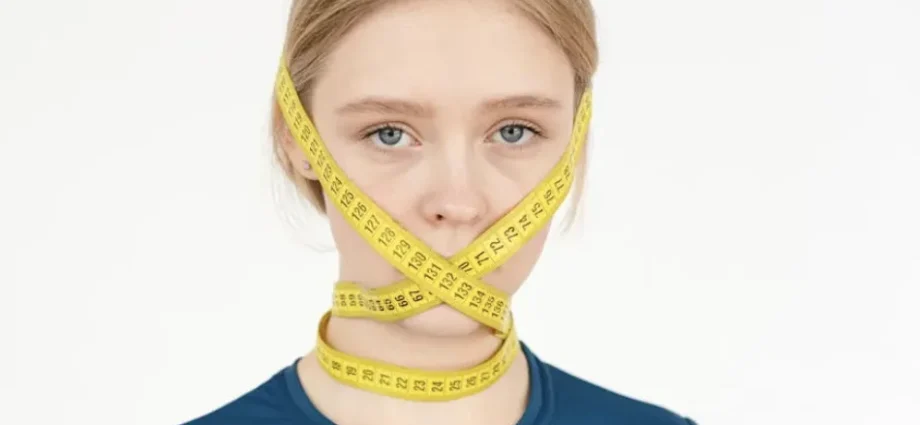Contents
Let’s talk about something that we often disregard as
‘She just wants to be skinny.’
‘He just didn’t feel like eating and skipped lunch.’
What if, behind that casual ‘just’, there’s something much deeper?

Our concept of eating disorders has been diluted so much that we have no idea of someone actually going through the real, raw, and painful struggle of living with an eating disorder.
It’s the kind that keeps you wide awake at night, counting calories instead of sheep. The kind that forces your brain to overthink that your worth depends upon a number on the scale or the size of your clothes.
Suppose this sounds like you, Hey! You’re not broken. You’re not weak, and most importantly, You’re NOT alone.
What Really is an Eating Disorder?
We commonly misunderstand eating disorders to be relevant to food. But it’s so much more than that. It’s about control, emotions, shame, anxiety, fear, trauma, and, most often, a messy mix of them all. Eating disorders come in many forms:
Bulimia Nervosa: Binge eating and purging
Anorexia Nervosa: Severely restricting your food intake.
Binge Eating Disorder: Frequent episodes of eating large quantities of food, often secretly
Orthorexia, ARFID, and other variations that don’t always fit into a neat box.
But no matter what kind of condition you’re suffering from, one thing is for sure: you need help, and there’s no shame in admitting that.
What Does Eating Disorder Treatment Look Like?
Treatment for each person might differ based on their condition and needs. But here’s a general idea of what the treatment may involve and what you can expect:
Initial Assessment
The first step to any medical disorder is assessment. The professionals take time to understand your unique situation. It includes your health, habits, emotions, and history.
Therapy and Mental Health Support
The root cause of eating disorders is more psychological than physical. Therefore, a few approaches like Cognitive Behavioral Therapy (CBT), Dialectical Behavior Therapy (DBT), group therapy and trauma-informed therapy are used to dig deeper into what’s causing the condition and what approaches would be best to heal it.
Nutrition and Food Relationship Rebuilding
Food fear is real in people suffering from eating disorders. Treatment plans usually involve you working with registered dietitians who’ll make meal plans for you. It helps you understand your body, treat it with gentleness and kindness, and gradually unlearn the food fear you’ve built over months or even years.
Mind-Body Work
Think of exercises that combine both mind and body, like yoga, walking, or even dancing. Add mindfulness techniques to your routines; doing breathing exercises and journaling can help you focus on your mental well-being.
Community Involvement
A big part of healing lies in the assurance that you’re not alone in it and that there are actually people who understand what you’re going through. Group therapy, peer support and joining communities can help you feel confident in sharing your emotions and seek solace in the experiences of others.
Why California Might Be the Right Place to Heal
California reminds us of palm trees and sunshine to us all. But that’s not the only upside about this place. So many people are looking into eating disorder treatment in California because it’s a great place to heal and get back to the norm.
In the US, California is home to some of the most compassionate and forward-thinking treatment centres. You can find incredible clinical facilities in San Diego and San Francisco and holistic healing spaces in Malibu to seek help.
Now, what makes the treatment in California stand out is:
Integrated Care: Most healthcare programs in California offer a full-body approach, including therapy, nutrition, medical care, and even creative therapies like art, yoga, or nature-based healing.
Diverse Teams: Each patient can seek help from therapists, dietitians, trauma specialists, and even peer mentors who’ve been in your shoes.
A Safe Space: California offers equal services for all, no matter if you’re a teen, adult, BIPOC, or LGBTQ+. So you can rest assured that you’ll be heard without being judged.
Where Should You Start?
The most overwhelming part of the recovery journey in case of an eating disorder is to admit that you need help. Once you build up your courage to seek help, you drown yourself in the library of websites, programs, testimonials, and so much more.
Let us help you with taking the first step.
Head to Rehab Seekers, which is more than just a directory. It’ll help you find the right program that suits you the best. Whether you want to receive residential treatment, outpatient therapy or a blend of both, they’ll connect you with accredited, vetted and compassionate care providers who are helping hundreds of other people seeking help with eating disorders and mental health recovery.
Final Thoughts
One of the cruellest thoughts that an eating disorder puts in your brain is that you’re a burden. That ‘you’re too much’ or ‘not enough’.
But remember that none of that is true.
What’s true is:
- You are worthy of love and healing
- You are not alone in this
- You deserve a life that doesn’t revolve around guilt, calories and anxiety.
- Seeking help is not a shame or weakness.
- Help is just a step away. You just need to reach out.
You’ve got this!










